Completed Projects
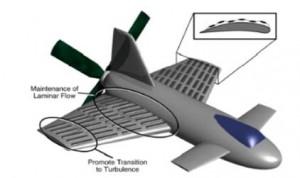
Micro air vehicles (MAV) are a major focus of aerodynamics today with many military as well as civilian applications. MAV flight is dominated by the unsteady characteristics of low Reynolds number flows. In this work an Electro-Active Polymer (EAP) actuator was examined as a feasible flow control actuator with application to low Reynolds number flows. The actuation of the EAP was found to be very effective in altering the boundary layer as well as mitigating laminar separation bubbles.
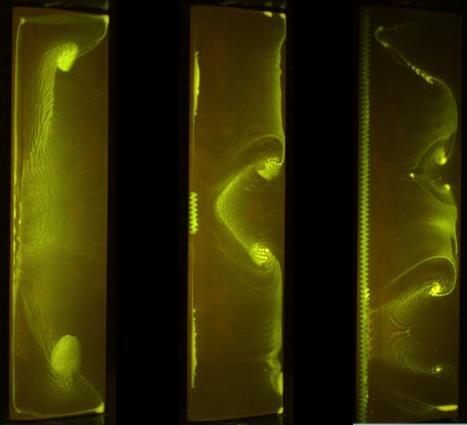
Drones and High Altitude Long Endurance vehicles typically operate at moderate to high Reynolds numbers based on airfoil chord length, i.e., Rec ≈ 105 to 106. These vehicles are becoming increasingly important to applications like national security-related surveillance, search and rescue in dangerous terrain, scientific research, and animal conservation, among others. As such, the understanding flow conditions in such a way to ensure the safety of these aircraft is of paramount importance.
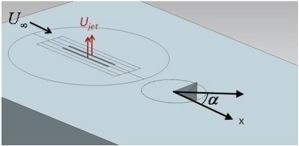
Passive (vortex generator) and active (a pair of synthetic jets) devices have been used in unison to create a Hybrid “fail-safe” device, which proved to be more effective than either device on its own and is the focus of this study.
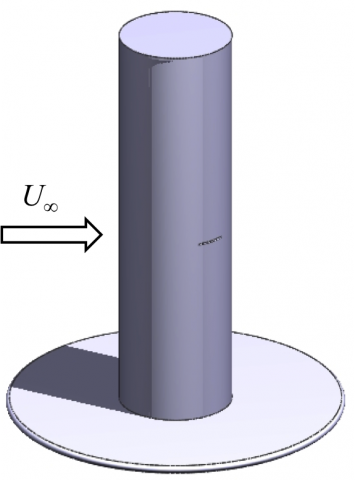
The effectiveness of a finite span synthetic jet oriented parallel to the freestream direction, actuated on a finite span cylinder of low aspect ration and issuing normal to the cylinder surface was investigated experimentally using stereoscopic particle image velocimetry (SPIV), surface pressure measurements, and hotwire anemometry.
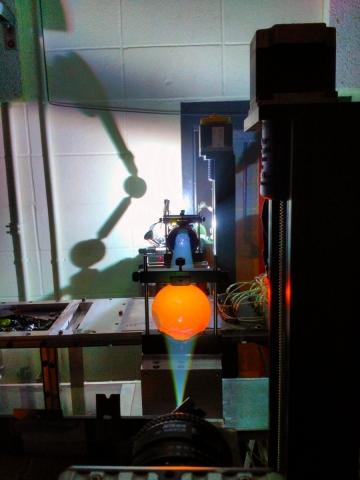
Compact inlets with an S-shape have become widely used in aircrafts due to the numerous advantages compared to conventional ducts. However, due to their low length to diameter ration and low aspect ration, there are some flow phenomena, which are undesirable such as massive separation leading to losses in total pressure and secondary flow structures causing distortion at the Aerodynamic Interface Plane (AIP). These drawbacks need yet to be overcome in order to apply these ducts on a wider range of vehicles.

The inlet to an aircraft propulsion system is typically designed to supply flow to the compressor with minimal pressure loss, distortion, or unsteadiness.